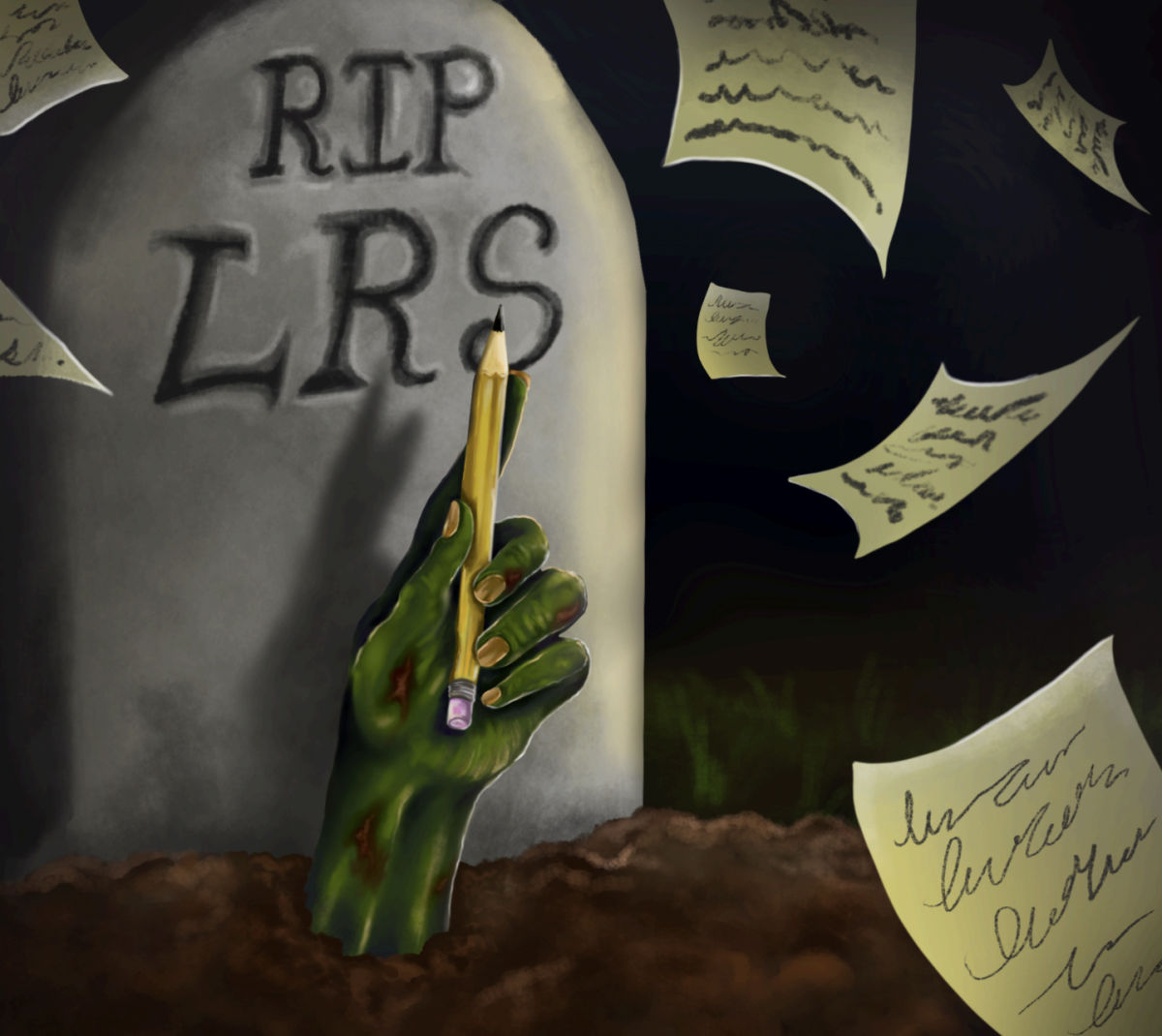Recently, it has become difficult to tell the difference between the UChicago Free & For Sale Facebook group and the Class of 2021 group. While the former has its usual assortment of students selling furniture, textbooks, and other necessities of college life, the latter has been inundated with posts offering to pay for course spots. “Want to buy a spot in mind,” “selling three core class spots,” and, the most egregious example, “looking to buy spots in TAPS (~$800) and Core Bio (~$500) w/Fineschi…serious offers only.”
The ethical problems with this trend are fairly obvious. I don't have $800 in my checking account to buy a spot in TAPS—I’d suspect most students don't. The course lottery is intended to give all students equal opportunity to enroll in desirable classes, ensuring that classes are filled with a random sample of interested students. If the rich can buy their way into whatever courses they want, the entire purpose of the system evaporates, and the University may as well cut out the middleman and replace the registration process with a live auction.
There are also obvious academic problems created by this practice; a Sosc discussion section full of wealthy students will, by definition, not include a wide range of perspectives, undercutting the value of the free and open discourse the Core is designed to foster. The problem, however, extends beyond the content of discussion sections. Fairly or not, certain sequences and classes—Mind and SSI for Sosc, Global Warming and Natural Hazards (or Fratty Haz, as it is colloquially known) for PhySci, certain Core Bio sections—have developed a reputation for being graded a bit more generously than alternative courses. In short, wealthy students aren’t just buying classes at more desirable times or with more prestigious professors. Rich kids are buying better GPAs.
Unfortunately, there is little the University can do to directly control this practice. Being registered in a class does not mean you can directly transfer that enrollment to another student, but there is nothing preventing a student from dropping a course right when another student is prepared to swap into it. There is also no way for the University to determine, short of an extensive investigation, whether the first student dropped the course because they were paid to do so.
Selling course spots is not a new phenomenon, but there has been a noticeable uptick this year in both the quantity of offers and the brazenness with which they are advertised. One likely cause is the University’s focus on encouraging students to complete their Core courses during their first two years. It’s difficult to pinpoint exactly what policy changes took place when, but the 2017 first-year course registration process was significantly more structured than the 2016 process. Preregistration for incoming first-years now takes place entirely online, instead of with an academic adviser during O-Week. This new system restricts students to a select handful of courses already deemed “particularly well-suited” for first-years, steering them to complete the Core early instead of balancing Core classes with coursework for their major. When students feel as though they are required to complete all of the requirements of the Core within two years, paying for a spot instead of waiting for next quarter begins to look like an appealing option.
The University’s reputation for grade deflation doesn’t help the problem. With “easy As” few and far between, an intense pressure develops to do well in Core classes—not for their own sake, but to build up a GPA cushion that can endure a few bad grades later on. Students otherwise interested in the content offered in a course like Self or Power may forego that experience to avoid the risk of a poor grade. The Core is supposed to “raise fundamental questions,” and answering those questions is challenging. Without the University’s notoriously stringent grading, more students may be interested in exploring those questions. According to the status quo, however, venturing outside your academic comfort zone isn’t worth it if it could jeopardize grad school admissions a few years down the road.
One potential solution would simply be to offer more sections of the courses most in demand, but this option feels like a Band-Aid for a larger problem. The idea behind the 1999 redesign of the Core, as chronicled in Dean John W. Boyer’s The University of Chicago: A History, was that a “smaller, but more intensively focused and organized” Core of 15 classes would serve the same functions as the previous 21-class Core. This redesign drew criticism from many faculty members and alumni, who feared a “Chicago-lite experience” would allow the University to attract applicants “inclined to work with less rigor.” Those fears appear, in part, to have been justified. Students are willing to pay for a spot in Mind not as a result of a fascination with intro-level psychology, but because it is perceived as less rigorous than other Sosc sequences. If the University responds to this demand by offering more sections of easier classes, those critics will have been vindicated not only by the attitudes of students, but by the University itself.
Another alternative would be changing the curriculum of the courses currently perceived as nothing more than easy As. Making these changes would require nuance, with a different approach to every class that has developed that reputation. The reason that students flock to a class like SSI, for example, which is significantly more quantitative than traditional Sosc sequences, is the same reason many students prefer to complete the math requirement with Stat 200 rather than a calculus sequence. It would also be a mistake to simply make the curve tougher and call it a day; while that may reduce the incentive for students to enroll in those courses, the goal ought to not be a more difficult course, but one that challenges and engages students in the same way as a “traditional” Core sequence.
It seems unlikely that the University will act to effectively undo the changes it has made to the Core over the past decades. While students may still gripe about the Core, it is much less demanding than it once was, and as a result presents much less of a barrier for potential applicants nervous about having to learn calculus or read Das Kapital—you can now get through the Core without doing either. The reduced Core also allows for more electives, more study abroad opportunities, and other offerings that have helped the University to (partially) shed its reputation as the place “where fun goes to die.” Those changes have produced results: more undergraduates enroll every year, and the University has jumped up to third in the U.S. News & World Report rankings. And, of course, expecting the University to shut down a market may be overly optimistic.
Even if they do not inspire large-scale curriculum change, the results of the current experiment in the Core’s design ought to prompt some action on the part of University administration. A system in which wealthy students can more or less directly purchase better grades is deeply unethical, and not one that should be permitted to persist. While a good first step would be preventing students from using a quasi-official University group to buy and sell course spots, making a real dent in the trend will require more action. Reorganizing the course registration process to encourage first- and second-years to explore course offerings beyond the Core would help relieve some of the pressure encouraging this behavior, but a definite solution can only come through changing the Core itself. Restoring the pre-1999 Core is probably out of the question, but reforming some of the worst offenders would allow the University to continue to offer a wide variety of courses without letting students buy their way to a 4.0.
Sam Joyce is a second year in the College.








